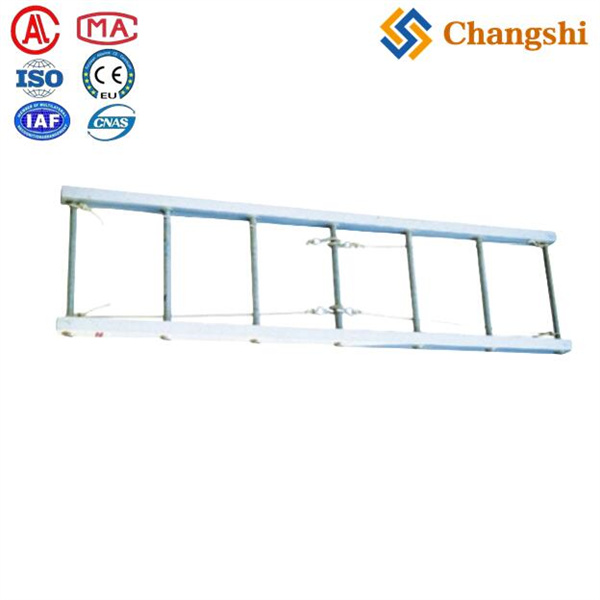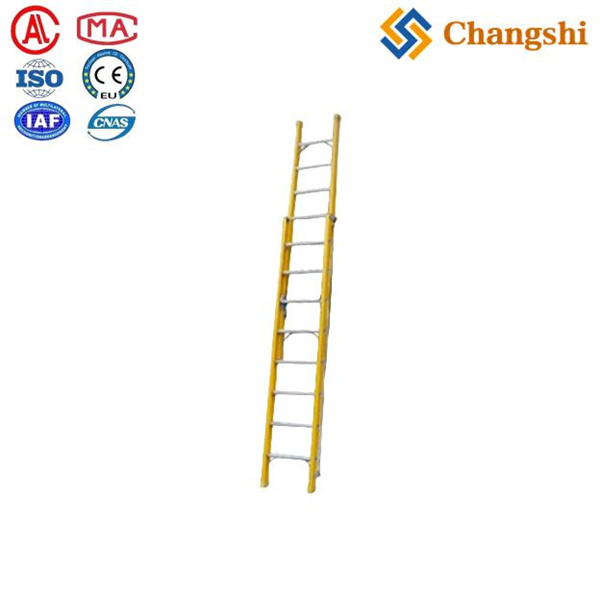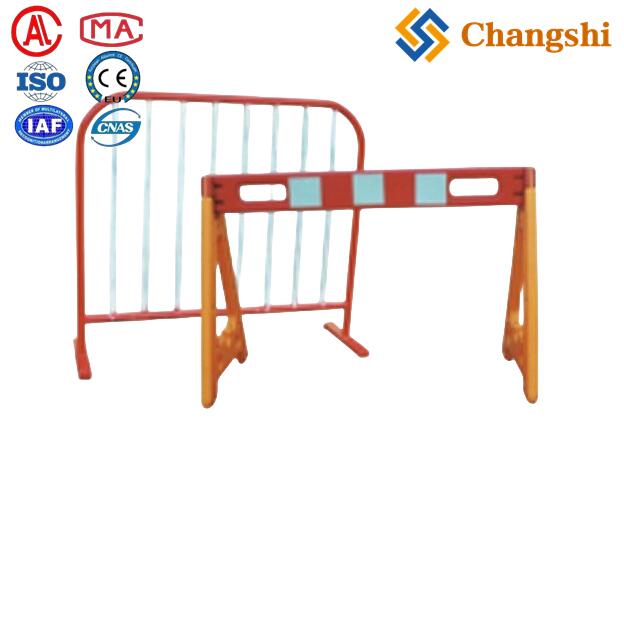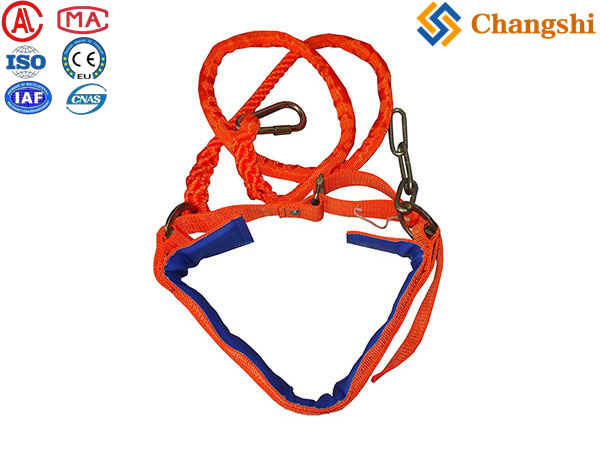
Rescue & Evacuation Devices
Rescue and evacuation devices are critical components of a comprehensive safety plan for power utility workers, who often operate in hazardous environments like heights (poles, towers), confined spaces (vaults, manholes), and near energized equipment. The goal of these devices is to safely and efficiently retrieve an injured or incapacitated worker, or to allow a worker to self-rescue.
Key Categories of Rescue & Evacuation Devices:
1. Fall Protection Rescue & Evacuation (for Heights - Poles, Towers, Aerial Lifts):
This is perhaps the most common type of rescue scenario in utility work.
Self-Rescue Descenders:
Description: Personal devices that allow a worker who has fallen (or needs to evacuate from height) to control their own descent to the ground. They are usually attached to the worker's harness and use a rope system with a controlled braking mechanism.
Types: Automatic descenders (maintain a constant speed), controlled descenders (allow the user to vary speed).
Examples: Devices like the MILAN series (e.g., MILAN 2.0 Power mentioned by CCB Safety) or other industrial descenders from brands like Petzl, CMC Rescue.
Applications: Ideal for self-evacuation from towers, poles, or aerial lift buckets if the primary lifting mechanism fails.
Assisted Rescue Systems (for Rescuing Another Worker):
Description: Systems designed for a rescuer to descend to an injured worker, connect them, and then lower both to the ground (or raise them to a safe platform). These often involve pre-rigged rope systems, pulleys, and specialized descenders/ascenders.
Components:
Rescue Kits: Pre-assembled bags or containers with ropes, descenders, pulleys, carabiners, and anchor straps. (CCB Safety lists various "Rescue Kit" options).
Haul Systems: Mechanical advantage systems (e.g., 3:1, 4:1) using pulleys to reduce the effort needed to lift a worker.
Rescue Descenders/Ascenders: Devices specifically designed for rescue operations, often with higher load capacities and controlled lowering/lifting capabilities. (Nal Hon Industrial is a Taiwanese manufacturer of "Rescue Ascenders / Descender" devices).
Tripods and Davit Arms: Portable anchor points used for confined space entry/rescue but can also be adapted for over-the-edge rescue scenarios from structures. (ADELA and Pan Taiwan Enterprise Co., Ltd. manufacture Rescue Tripods).
Applications: Pole-top rescue, tower rescue, rescuing a worker from an aerial lift basket.
Aerial Lift / Bucket Truck Rescue Kits:
Description: Specific kits tailored for rescuing a worker from a disabled aerial lift. These often include a self-contained descent device that can be rapidly deployed.
Considerations: Often integrated into the bucket or readily accessible to the operator.
Rope Access / Technical Rescue Equipment:
Description: More advanced systems used by specialized rescue teams for complex high-angle rescues. Includes specialized ascenders, descenders (like Harken's CLUTCH or Ninja MultiAscend), rigging plates, and industrial ropes.
Applications: Rescues from very tall transmission towers, difficult-to-access terrain.
2. Confined Space Rescue Equipment:
For workers entering underground vaults, manholes, trenches, or other enclosed spaces.
Tripods and Davit Arms:
Description: Portable, freestanding structures placed over the confined space opening. They provide a high anchor point for lowering and raising personnel and equipment.
Features: Adjustable legs, robust construction, often rated for multiple users. (ADELA, Pan Taiwan Enterprise Co., Ltd., and SpanSet offer rescue tripods).
Retrieval Winches/Self-Retracting Lifelines (SRLs) with Retrieval Function:
Description: Mechanical devices mounted on the tripod/davit that allow for the controlled lowering and retrieval of workers. Winches use a hand crank, while retrieval SRLs automatically retract a lifeline and can be switched to retrieval mode.
Examples: SpanSet's Saverline Recovery Winch, IKAR Winch; 3M DBI-SALA Salalift™II Winch, MSA winches (mentioned by REDA Safe).
Harnesses: Full-body harnesses with dorsal (back) and/or front D-rings for attachment to the retrieval system. (SpanSet emphasizes their safety harnesses for confined space).
Ventilation Equipment: Fans/blowers to provide fresh air and remove hazardous gases (e.g., RAMFAN electric ventilators, mentioned by REDA Safe).
Gas Detectors: To monitor atmospheric conditions (oxygen levels, flammable gases, toxic gases) before and during entry.
Communication Systems: Two-way radios or voice communication systems for rescuers and entrants.
Emergency Lighting: For dark confined spaces.
Stretchers/Litters: For safely extricating an injured person from a confined space. (Junkin Confined Space Safety Stretcher, CMC Rescue DISASTER RESPONSE LITTER, mentioned by REDA Safe).
3. Electrical Rescue Hooks (Shepherd's Crooks):
Description: Long, insulated poles with a hook at one end, made from non-conductive fiberglass.
Purpose: Designed to safely pull or push an incapacitated worker away from energized electrical equipment without exposing the rescuer to the electrical hazard.
Voltage Rating: Crucially, these hooks are rated for specific voltages (e.g., 45kV, 90kV, 225kV, 1000V). (CATU CM-45, CM-90, CM-225 are examples, mentioned by Thorne & Derrick).
Standards: Often meet ASTM F711.
Applications: Found in substations, switchrooms, electrical panel rooms, and near high-voltage equipment.
4. General First Aid & Emergency Response:
First Aid Kits: Comprehensive kits for treating injuries.
Automated External Defibrillators (AEDs): For victims of electrical shock.
Emergency Stretchers/Spine Boards: For safely moving injured persons.




